Are you considering homeschooling? Wondering if you’re cut out for it? Begin with the assurance and understanding that you can successfully homeschool. Therefore, initiate the consideration process with the understanding that there’s no “one size fits all” approach for children. Remember that each child is wired uniquely, with a learning style that may differ from siblings and peers. However, homeschooling can be catered to all learning styles. It may be just what your student needs to thrive academically.
In 2023, there is every resource available to make home education successful. These days, parents, grandparents, and other individuals contribute to the homeschool experience. During my more than 17 years of homeschooling, I’ve learned that when there’s a will, there truly is a way.
Changing Educational Climate
As the educational climate in the United States began to change over the past 3 years, more parents made the decision to home educate their children. They chose to offer this experience in various environments that included home, online, co-ops, and even dual-enrollment. Many included fine arts, sports, field trips, and recreation in their home education experience. Some working parents have creatively designed a different kind of homeschool experience, that includes a shared or rotating arrangement with other parents and tutors.
Others opt for charter schools, or more self-directed learning, with curriculums that require less parental involvement.

Homeschooling Statistics
The National Home Education Research Institute’s webpage states that “there were about 3.1 million homeschool students in 2021-2022 in grades K-12 in the United States (roughly 6% of school-age children). There were about 2.5 million homeschool students in spring 2019 (or 3% to 4% of school-age children). The homeschool population had been growing at an estimated 2% to 8% per annum over the past several years, but it grew drastically from 2019-2020 to 2020-2021.”
In fact, the Census Bureau stated in their “Homeschooling During the Pandemic Report”, “By fall [2020], 11.1% of households with school-age children reported homeschooling (Sept. 30-Oct. 12). A clarification was added to the school enrollment question to make sure households were reporting true homeschooling rather than virtual learning through a public or private school. That change represent[ed] an increase of 5.6 percentage points and a doubling of U.S. households that were homeschooling at the start of the 2020-2021 school year compared to the prior year.”
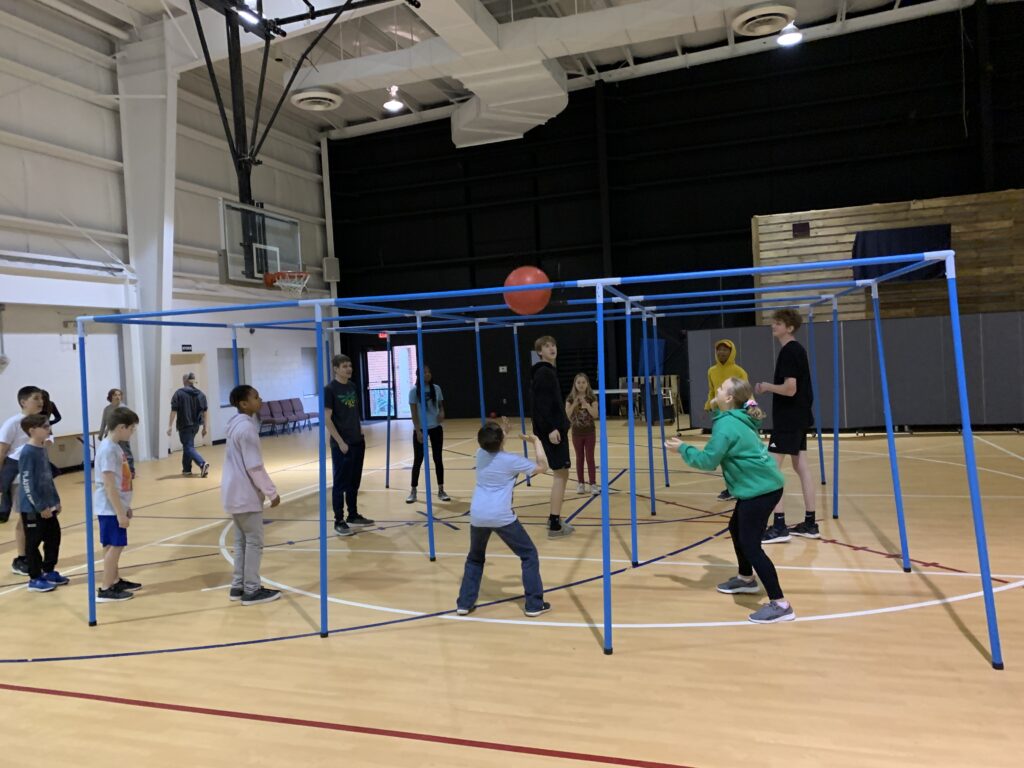
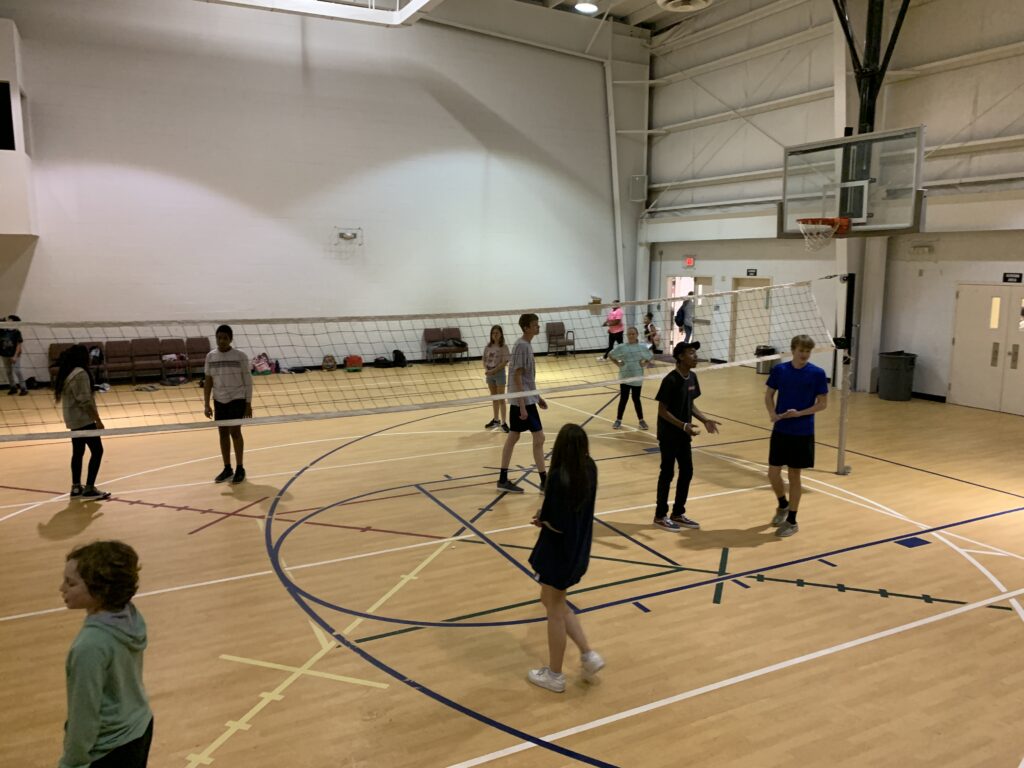
Varying Races and Socioeconomic Statistics
Home education is growing in diversity and culture among all grades. This growth has been especially notable since 2020.
The Foundation for Economic Education featured an article entitled “New Census Data Show Homeschooling Tripled During the Pandemic—And One Key Group is Driving the Surge”. The article explained, “The Census Bureau found that the number of black homeschoolers increased nearly fivefold between spring and fall of 2020, from 3.3 percent to 16.1 percent. This black homeschooling rate is slightly higher than the approximately 15 percent of black students in the overall K-12 public school population.”
The Homeschool Legal Defense Association (HSLDA) featured an article, by Steven Duvall, PhD, entitled “Homeschooling Demographics Continue to Change Rapidly.” In that homeschool racial diversity article, Dr. Duvall quoted the Census Bureau’s findings and explained, “the highest rate of homeschooling [in 2021] was found among families that identified as “Other Race.” In 2022, similar proportions for White, Black, Asian, and Hispanic homeschool households occurred again. As in 2021, those households that identified as “Other Race” represented the largest homeschool group in 2022.”
HSLDA – Homeschool Legal Defense Association
The Homeschool Legal Defense Association (HSLDA) offers 7 Simple Steps on How to Get Started, as well as addressing the legalities and rights associated with homeschooling. Another benefit to this site, is accessing your individual state’s homeschooling laws. HSLDA offers a monthly membership with many benefits to homeschooling families. This is a great resource for anyone who is considering homeschooling. Everything from the legalities of home education, to getting started and continuing through to graduation, can be found on this site.
The Homeschool Legal Defense Association has over 100,000 member families. Per their webpage: “We are the nation’s largest, most trusted homeschool advocacy organization. We’re here to advance and protect your freedom to homeschool.”
I have personally benefitted from an HSLDA membership for well over a decade. Initially, I signed up for it as an added legal barrier of protection. Not only have I appreciated all that this organization offers to the homeschooling community, including transcript services, I’ve utilized their online store as well. When 2 of my children graduated, I ordered their caps, gowns, tassels, and transcripts from HSLDA.
Check out HSLDA’s list of homeschool organizations in your state.
HEAV – Home Educators of Virginia
Anyone can benefit from the free information available on HEAV’s website. However, certain specifics apply to Virginia homeschool residents who benefit from a HEAV membership.
Per HEAV’s webpage: “Since 1983, HEAV has successfully worked to promote and protect home education in Virginia by working with the Department of Education and legislators, having a presence during the General Assembly sessions, and providing up-to-date information to homeschooling families, the media, and officials. HEAV, coming from a biblical worldview, serves all homeschoolers—regardless of religious or philosophical beliefs.”

Home Education Conventions
Late spring, through the summer months, is an ideal time for attending a home education convention. There you’ll hear speakers on just about every homeschooling topic imaginable. They all have workshops and curriculum/resource areas where you can peruse products, books, curricululms, and more. The purpose of these conventions is to assist with your homeschool journey. It’s a big deal!
Some of the conventions are so large that they offer graduation ceremonies. While homeschool organizations, academic centers, and co-ops often offer graduation ceremonies for those in their communities, some prefer the energy of a large convention ceremony for a their child to attend and be able to “walk across the stage”.
A convention is an EXCELLENT way to gain a comprehensive understanding of homeschooling options, resources, and direction for your student. I have benefitted tremendously from local conventions, with every age and stage of homeschooling. Here are three links to get you started:
Great Homeschool Conventions offers a list of conventions that they sponsor across the United States and Canada. Homeschool Conventions is another resource; click here for their comprehensive list. Additionally, The Homeschool Mom offers a list of homeschool conventions by state.
Home Education Curriculums
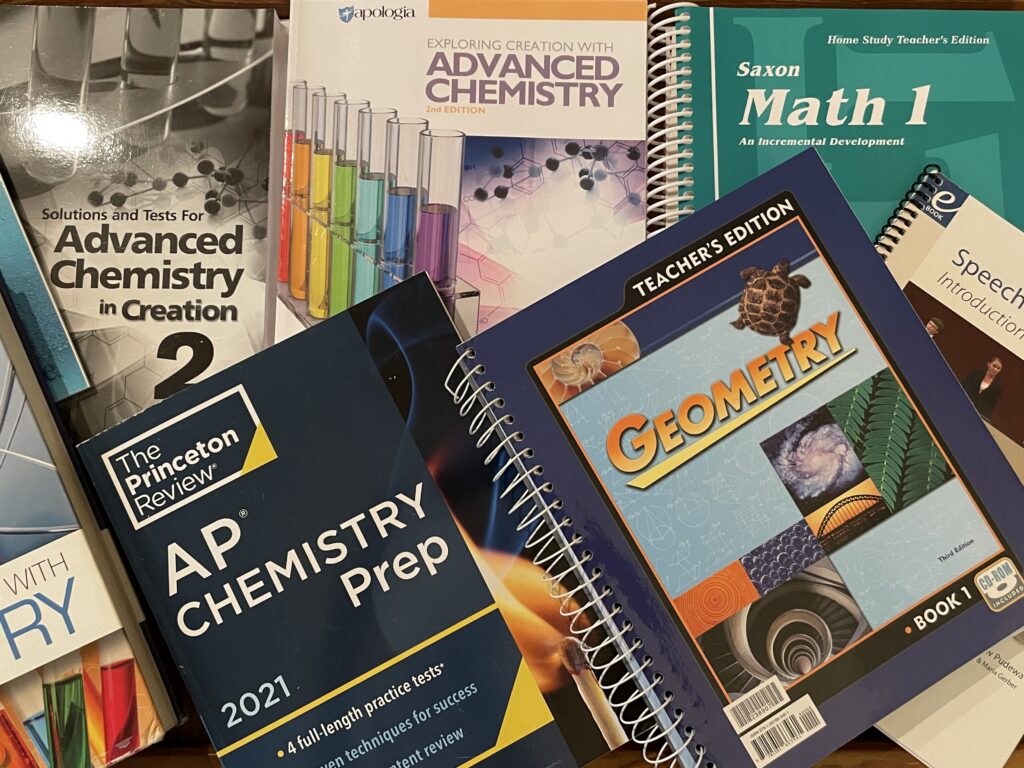
Self-Paced Curriculums
Perhaps your student needs a curriculum that is a little less structured and rigid, allowing more time for subject mastery. For the independent learner, or the parent who prefers to be more hands-off, self-paced curriculums may be beneficial. How Do I Homeschool offers a great link to 10 Self-Paced Curriculum Options to help you get started.
Curriculums for Any Learning Style
If you’re seeking a curriculum that has a high success rate for various learning styles, Learn In Color offers many suggestions in The Ultimate List of Homeschool Curriculums. It’s critical to understand your child’s learning style before settling on a curriculum or mix. You may find that your student is dominant in a specific learning style, yet shows strong traits of a second learning style as well.
As the one making decisions for your student’s education, ask yourself some realistic questions as you evaluate a potentional curriculum. Is this curriculum going to require excessive hours of lesson prep from me? If the answer is yes, and you are seeking something with the lesson plans already laid out, evaluating other curriculum options may be wise. Likewise, if you have an active boy who has the “wiggles” and struggles to sit still for long, and you select a “worksheet intensive” curriculum, you may find your student, and yourself, frustrated a few weeks into the school year. In other words, know your student’s limits! Know your limits, too!
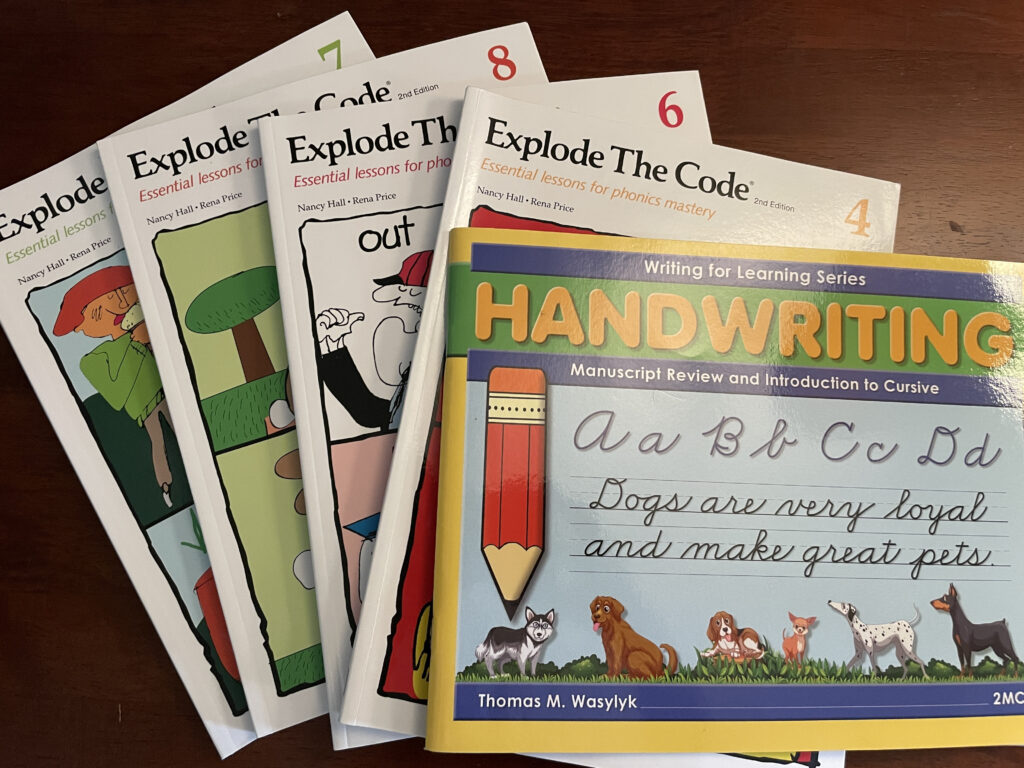

4 Learning Styles
There are 4 types of learning styles – Visual, Auditory, Tactic, and Kinesthetic. Visual means the student learns best through seeing. Auditory students learn via hearing. Touch is the best way tactile learners remember their material. Kinesthetic learners are in their best learning environment when learning experiences are more hands on and include motion.
While a quick Google search will lead you to the many resources out there to help hone in on your student’s learning style, The Homeschool Mom offers are great understanding of each learning style.
Homeschooling in Groups
It is common for groups of parents to team up to teach subjects to their own children, and others’ children, in areas where they have a particular expertise. Many of these groups are co-ops, and others are simply groups of parents with a common educational goal for their students. Those teaching these subjects may be parents, retirees, or retired teachers in disciplines and careers that include nursing, engineering, math, science, writing, literature, etc. Parents united for their kids’ schooling are able to offer a uniquely catered education when teaming up with other families. For example, my kids and I have found that some activities are much more enjoyable, and educationally stimulating, in groups. This includes labs, research projects, art, music, physical education, etc.
I’ve also met teachers at homeschool co-ops who are retired from teaching in traditional settings. Some retired because teaching became exhausting. Yet, they became renewed and encouraged when teaching students that wanted to learn. These once retired teachers have so much to offer. Many discover that teaching students who want to learn is refreshing. They can teach in the absence of discipline issues and distractions. As you are considering how home education will work for your student, look into local homeschool co-ops and academic centers.
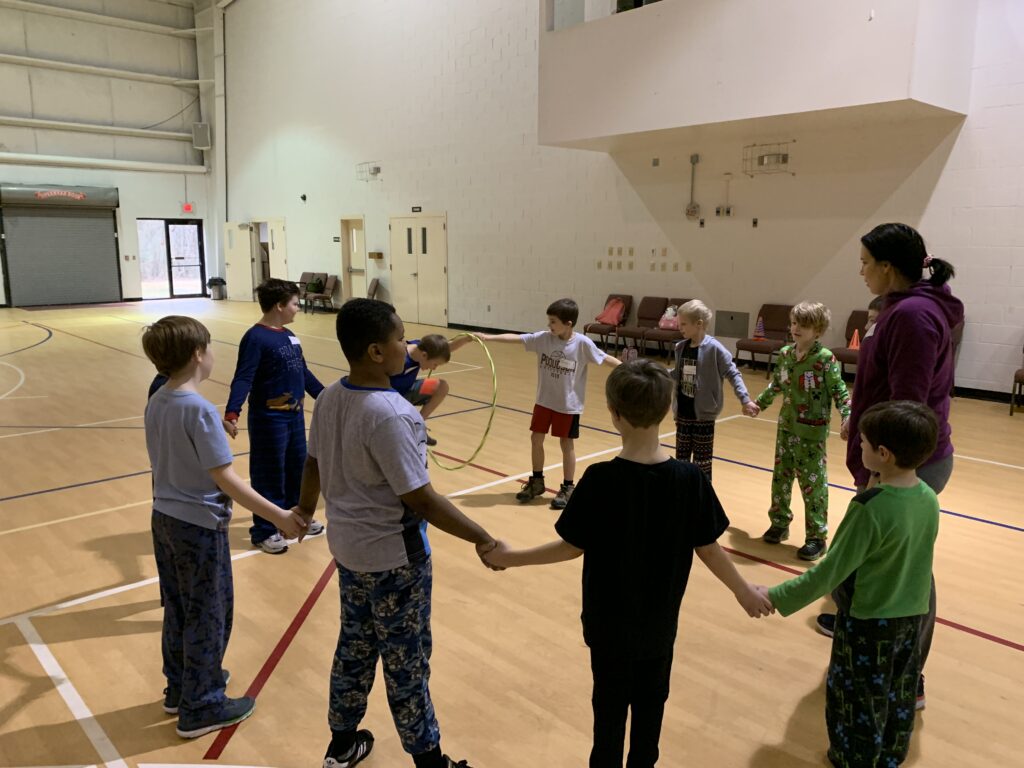
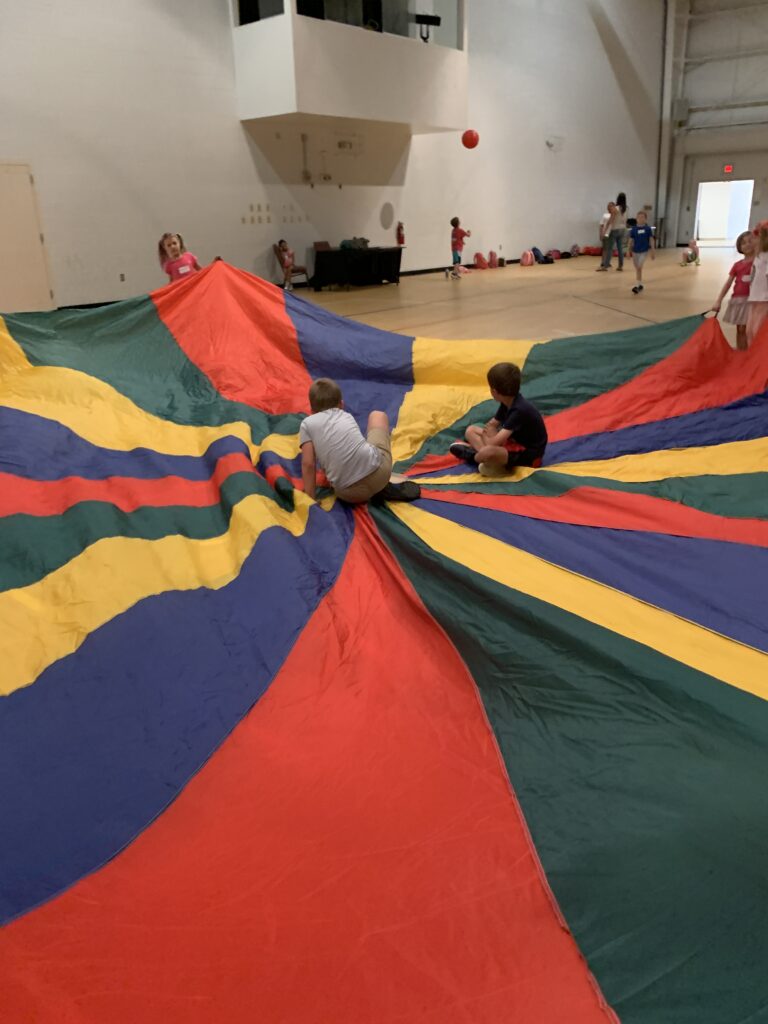
I have benefitted from joining Facebook homeschool groups that share a wealth of information and resources. Additionally, I like to join local Facebook homeschool groups that can share information about local events and things that benefit homeschoolers in my area.
Set Educational Goals
If you decide to homeshool, determine what your individual goals are for your child’s education. Don’t try to duplicate traditional school. Traditional school is designed to cater the learning environment to a larger group of students. Offer exposure to quality books and materials, as well as field trips and exposure to places that stimulate a love of learning.


Goals for Upper Grades
Students that begin homeschooling in the upper grades often benefit from educational goals that are future focused. If your student is in the process of deciding where his/her interests and passions are concentrated, exposure to various disciplines may be helpful. Being intentional to expose them to classes in various disciplines such as STEM, literature, the arts, and more, may spark an interest. There are local homeschool sports teams as well.

Also, expose your student to careers that may be of interest. It’s a rare occassion that an individual in a specific career field, a professor, or an instructor, would not be eager to share the details of their careers. Ask about their educational backgrounds and training, and how they prepared for these careers. For students who have interests in specific careers, that require college, focusing on specific academics in those areas to prep their transcripts for college is important. If trades are more of a focus, dual-enrollment with a trade school, or community college, is a great way to have them ready to enter an internship or the workforce at graduation.
My Personal Suggestion About Careers
Our son appeared to have an interest in photography around 15 years old. He also had an interest in volunteering with our local rescue squad. Therefore, we purchased a camera for him and enrolled him in various photography classes. He took as many classes as he could and was able to earn a part-time income doing photoshoots. Additionally, I was able to give him elective credits for photography on his transcripts for graduation.


Around that time, he also became a junior member with the rescue squad. They paid for him to become an EMT. About a year and a half later, they paid for him to become an Advanced EMT. By the time he graduated from high school, he had a significant amount of elective credits towards his college degree, just from the credits that transferred from his EMT classes. While he has opted for a business degree, because of his entrepreneur mindset, he is still a volunteer with the rescue squad. He also works part time in the ER at our local hospital. This contribution to his community has benefitted him with a 25% first responder discount at the university where he attends.
Trades
Many students are considering trades in 2023. Across the United States, there is a shortage of skilled labor in the areas of electrical, plumbing, HVAC, construction, etc. The pay can be very lucrative and may allow an individual the option to establish a business early. Community colleges and technical schools offer classes in these areas. Those classes can be combined with the core courses needed to fulfill graduation requirements.
My husband is an engineer, who has managed a large machine shop of over 150 machinists, welders, and technicians. He is a strong supporter of trade schools, apprenticeships, certifications, and associate’s degrees from community colleges. Those things help set employees, and potential job candidates, apart from the rest.
Since there is a shortage of workers in the trades fields, sometimes individuals with private businesses are willing to offer training and mentoring in various trades disciplines. Additionally, they may offer to pay for an employee’s training or classes. Contacting your local tradesman is a great way to determine if such options exist in your area.
Here’s an interesting article that addresses the question of Why Do We Have a Skilled Trade Shortage?
This is an informative link on Trade School: Preparations for Homeschoolers, to answer many questions about getting started.
In the article, Not All Teens are Called to College, there’s a wealth of information regarding why some students are more suited for trades training than college.
Assess Learning Deficits
When considering homeschooling, it’s easy to assess your student’s learning challenges, glitches, or special needs, and immediately dismiss the idea of home education. However, homeschooling may be the ideal educational solution for students who require extra focus. I have found homeschooling to be a wonderful opportunity to enjoy my kids for some of the best hours of their week. If they struggled in a particular area, I was able to slow down until it was mastered. At the same time, I could plow right on through subject topics that were accomplished with ease.
How does that translate to your role in homeschooling? Assess your student and determine if there are any learning deficits, or areas that need to be strengtherned academically. From there, cater individual goals for your child’s education. There may be areas that will require slowing the pace academically, in an effort to help your student master certain concepts in a particular subject. However, you may determine that there are areas that can be accelerated because they are much easier for the child to master. Therefore, more time is available for pursuing a hobby or trade.
Quarters or Semesters
Rather than lesson plan for the entire school year, approach homeschooling in quarters or semesters. This will allow for setting and accomplishing goals. Personally, I have found that dividing the year into quarters or semesters allows me to stay focused. You can even schedule a teacher workday, break, or field trip at the end of each quarter to serve as an incentive to stay on track and finish strong.
Notice of Intent (NOI)
NOI & Testing – Most states require submitting a Notice of Intent to the local school board stating that the student will be homeschooled. This usually has to be resubmitted each year, typically in the summer. Check your city or county’s school district for this date. Some school districts have their own NOI form, and won’t accept anything but their completed form. Other states will accept a written letter.
Standardized Testing
Most states require end of year standardized tesing. This allows the school board to see that the student is on par academically and where their scores lie within the required stanines. Usually, results are submitted to the local Superintendant’s Office with an NOI attached. However, check with your local school board to determine requirements for your state.
Still Considering Homeschooling? For More Info…
As you journey through the process of considering homeschooling, check out our Home Education page for more information like this https://lifeinthecountryusa.com/home-education/. While two of my three children have graduated, and are both now thriving in college, I am still in the throes of homeschooling with my youngest. As a result, I meet people all the time who are new to homeschooling and are just embarking on their new adventure. I enjoy encouraging them. I’ll be sharing more resources and tips going forward.